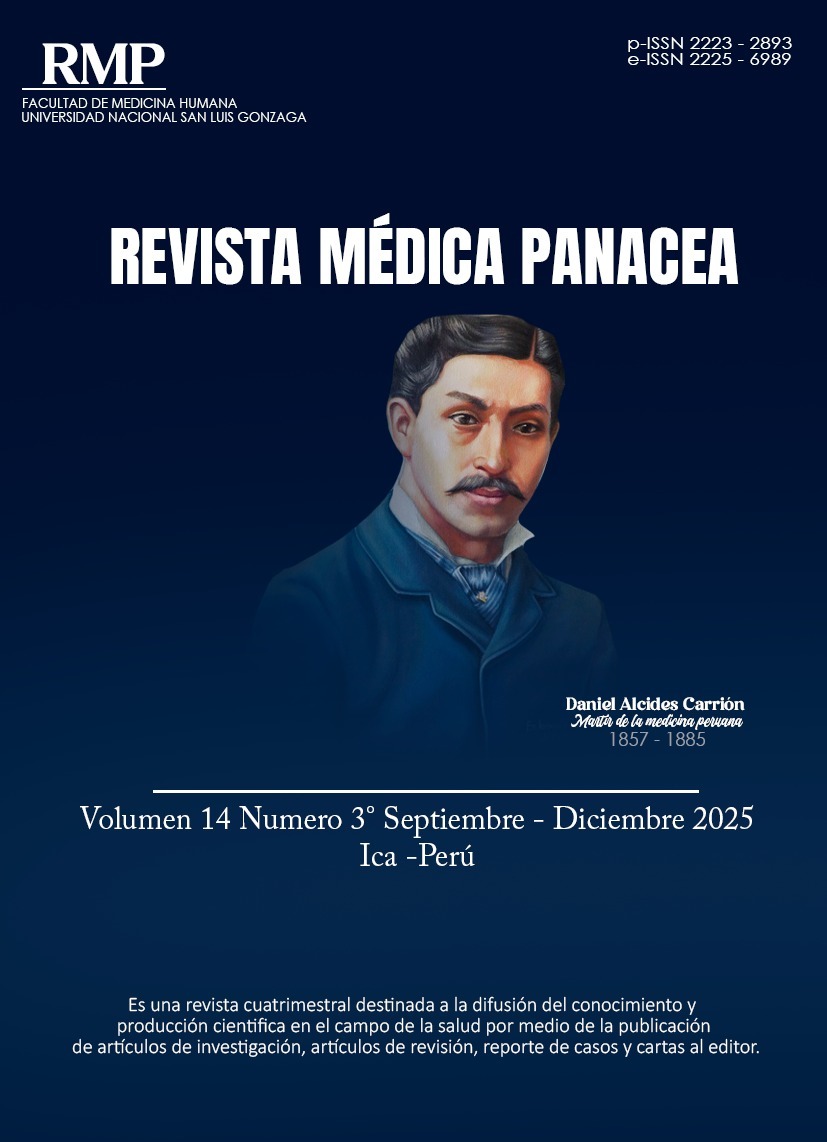User Perception of the Quality of Physical Therapy and Rehabilitation Care at a Medical Center in Piura, 2024
DOI:
https://doi.org/10.35563/rmp.v14i3.663Keywords:
Health Care Quality, Patient Satisfaction, Physical Therapy, Rehabilitation, PerceptionAbstract
The evaluation of care quality and user satisfaction is crucial in healthcare services, especially in physical
therapy and rehabilitation, to ensure effectiveness and continuous improvement.
Objective: To determine the perception of care quality and the level of satisfaction of users of the physical
therapy and rehabilitation service at San José Health Center, Piura, during 2024.
Materials and Methods: A quantitative, descriptive-correlational, cross-sectional, and prospective study was conducted. The sample consisted of 156 users, selected by non-probabilistic convenience sampling. A modified SERVQUAL instrument was used for data collection, and statistical analysis included Spearman's
correlation and descriptive statistics.
Results: A significant, positive, and moderate relationship was found between expected and perceived quality (p<0.001, Spearman's Rho = 0.499). The best-perceived dimensions were security (60.3%), reliability
(55.8%), and responsiveness (52.5%). However, tangible aspects showed the largest dissatisfaction gap
(44.9% regular, 61.5% dissatisfaction in one item), and empathy also presented a specific point of dissatisfaction (47.4%).
Conclusion: The perception of care quality and user satisfaction in the physical therapy and rehabilitation
service are significantly related. Strengths were highlighted in security, reliability, and responsiveness, but
opportunities for improvement were identified in tangible aspects and specific points of empathy to meet
high user expectations.
Downloads
Published
Issue
Section
License
Copyright (c) 2025 Risco-Mendoza Genesis Geraldine, Alfaro-Fernández Paul Rubén

This work is licensed under a Creative Commons Attribution 4.0 International License.
Copyright is retained by the authors, who have the right to share, copy, distribute, perform, and publicly communicate their article, or parts of it, provided that the original publication in the journal is acknowledged.
Authors may archive in the repository of their institution:
- The thesis from which the published article derives.
- The pre-print version: version prior to peer review.
- The post-print version: final version after peer review.
- The final version or final version created by the editor for publication.


